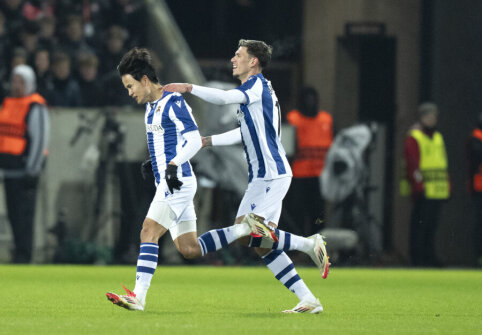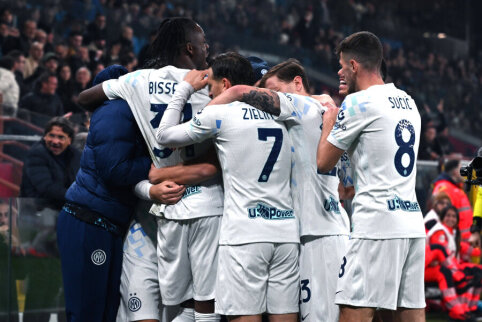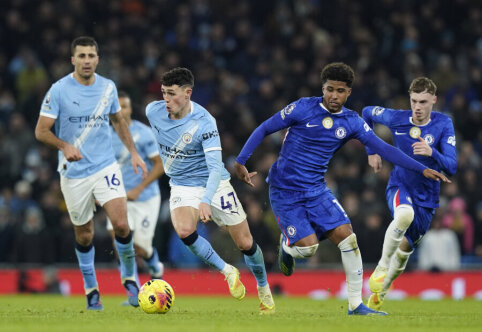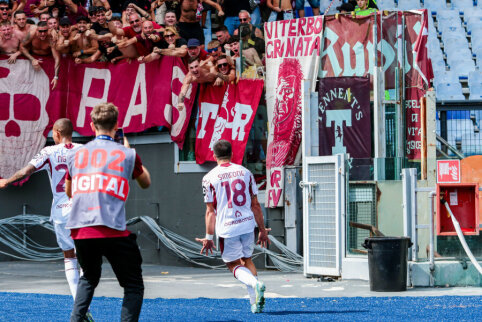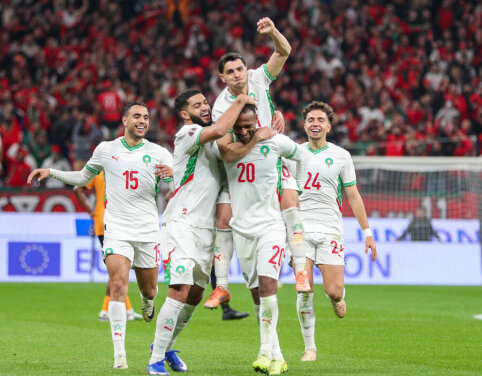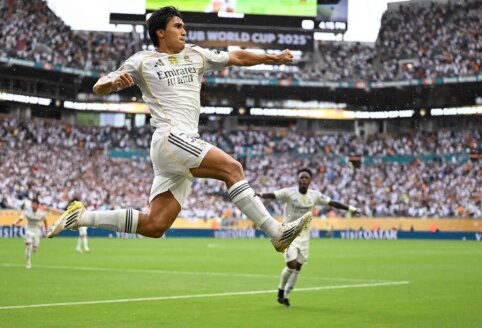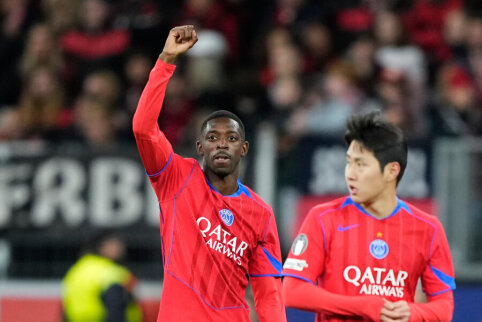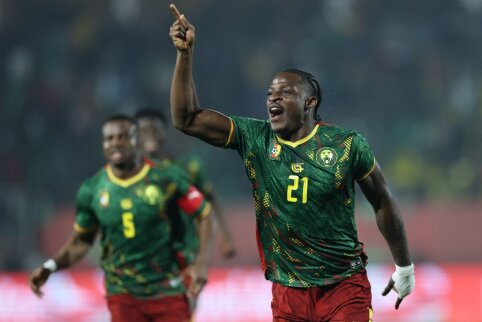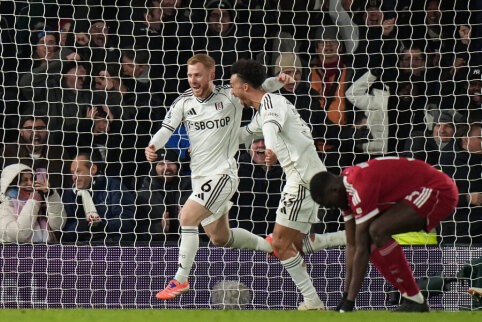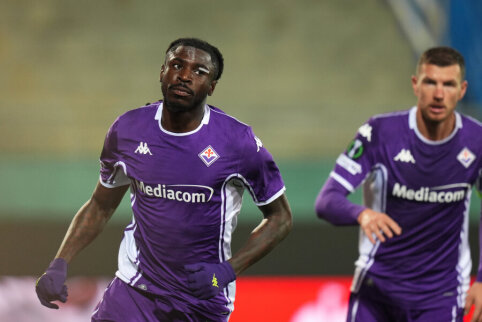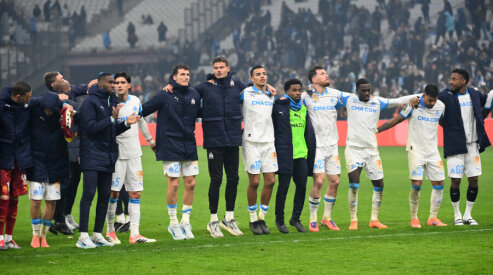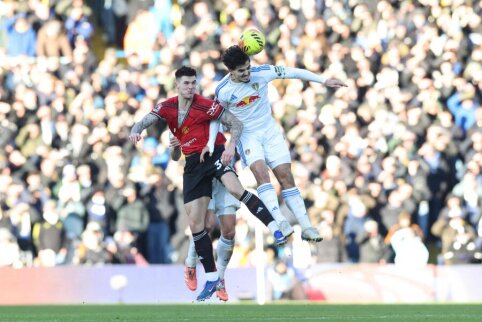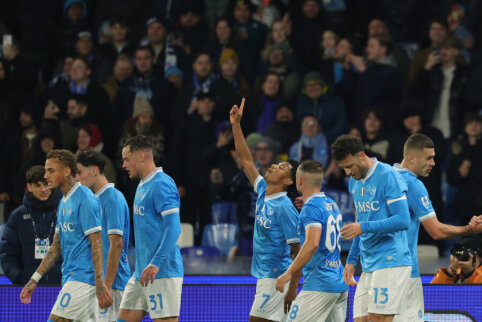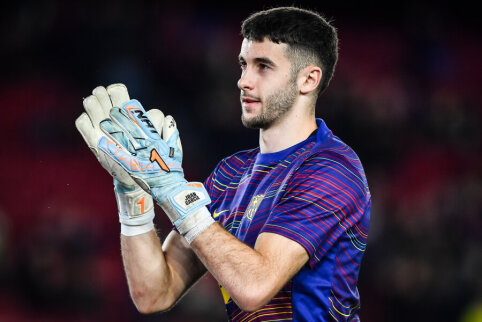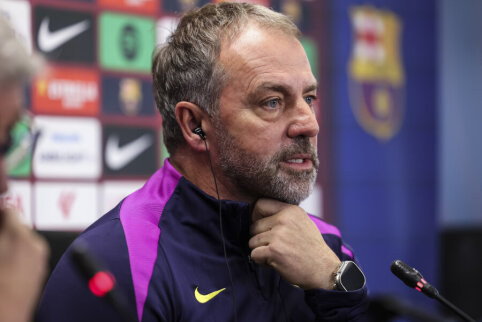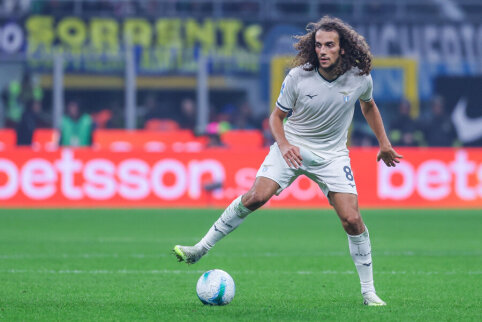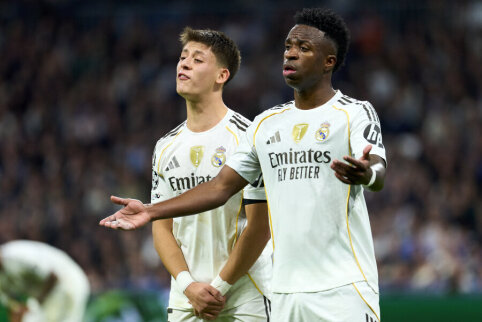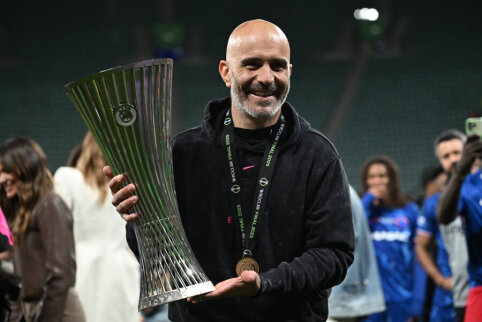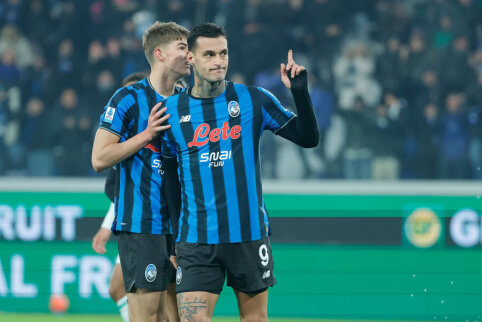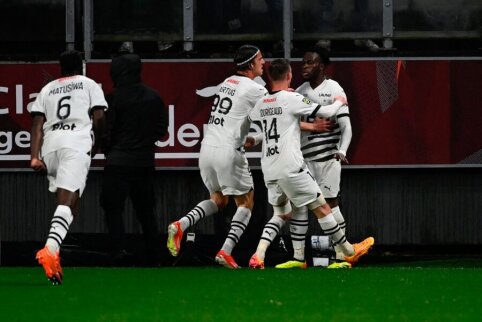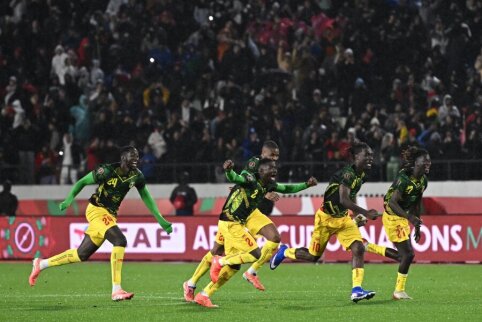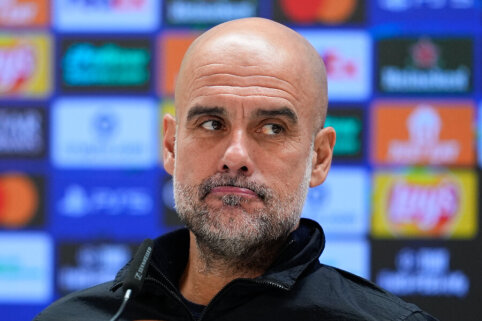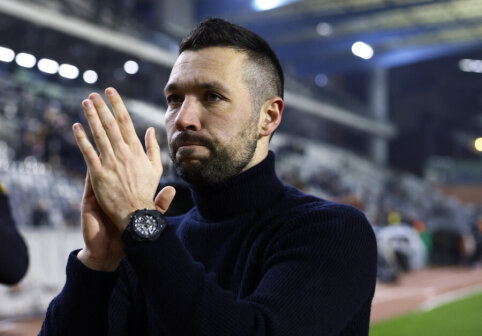 © EuroFootball.com
© EuroFootball.com
Two different football styles in the first quarter-final between the Czech Republic and Portugal. The latter always stood out with technical attacking football, while the former with longer passes and physical strength. Although the Portuguese were the favorites of this duel, predicting the winner was not so easy.
Michal Bilek lined up his team in a 4-2-3-1 formation, while Paulo Bento with the traditional 4-3-3. The biggest question before the match was Cristiano Ronaldo's leadership qualities, whether he would play as a leader in important matches, and Portugal's ability to play with the "number 9" when they have to create, control, instead of destroying and counterattacking. The group of attackers was even favorable for them. In recent years, pragmatic Portuguese play has been characterized by good defense (in our opinion, they have some of the best defenders in the world) and lightning-fast attacks on the wings, where again excellent players like C. Ronaldo, Nani play.
As outsiders in this pair, the Czechs lined up relatively low, paying great attention to defense, doubling the number of players against the Portuguese wingers. This way they avoided dangerous opponent raids, but had to give up their strong weapon - wing attacks, where Vaclav Pilar and Petr Jiracek, two of the discoveries of this championship, play. Having abandoned the organization of long-lasting attacks with short passes, Bilek's students relied on long passes to the wings, and from there to the penalty area. However, as in the match against Russia, such a tactic without a high striker did not pay off.
One of the best in the first half were the Czech full-backs Theodor Gebre Selassie and David Limbersky. One of them neutralized C. Ronaldo, the other Nani. The Portuguese captain was pushed out of his zone, passing the ball in a non-dangerous zone, not hitting the target once (one dangerous shot hit the post).
Bento made quite a few tactical changes during the break. One of the most important was moving Joao Moutinho forward, a bit to the right, where, paired with Nani, they pushed D. Limbersky out of his good pace. C. Ronaldo moved to the middle, Fabio Coentrao began to play more actively in attack, and the appearance of powerful striker Hugo Almeida gave strength to the "second floor". This way the Portuguese adapted to the role of the "leaders" in the game, concentrated more people around the opponent's goal, and through crosses and long passes gained the much-needed versatility in attack.
The Czechs retreated even further, unable to break through Rui Patricio's guarded goal even once during the match! Of course, you could hope to win in penalties, especially if you have a goalkeeper like Petr Cech, who can determine the outcome of an 11-meter penalty shootout. However, after many attempts, C. Ronaldo scored a goal with his head when he found himself in the goalkeeper's box surrounded by six Czech players.
The match showed how versatile the Portuguese team is. Not among the favorites at the start of the championship, they are gaining form. Most importantly, they know how to defend and attack quickly. In today's football, this can be a decisive factor in a playoff type tournament, where you lose and get knocked out.
